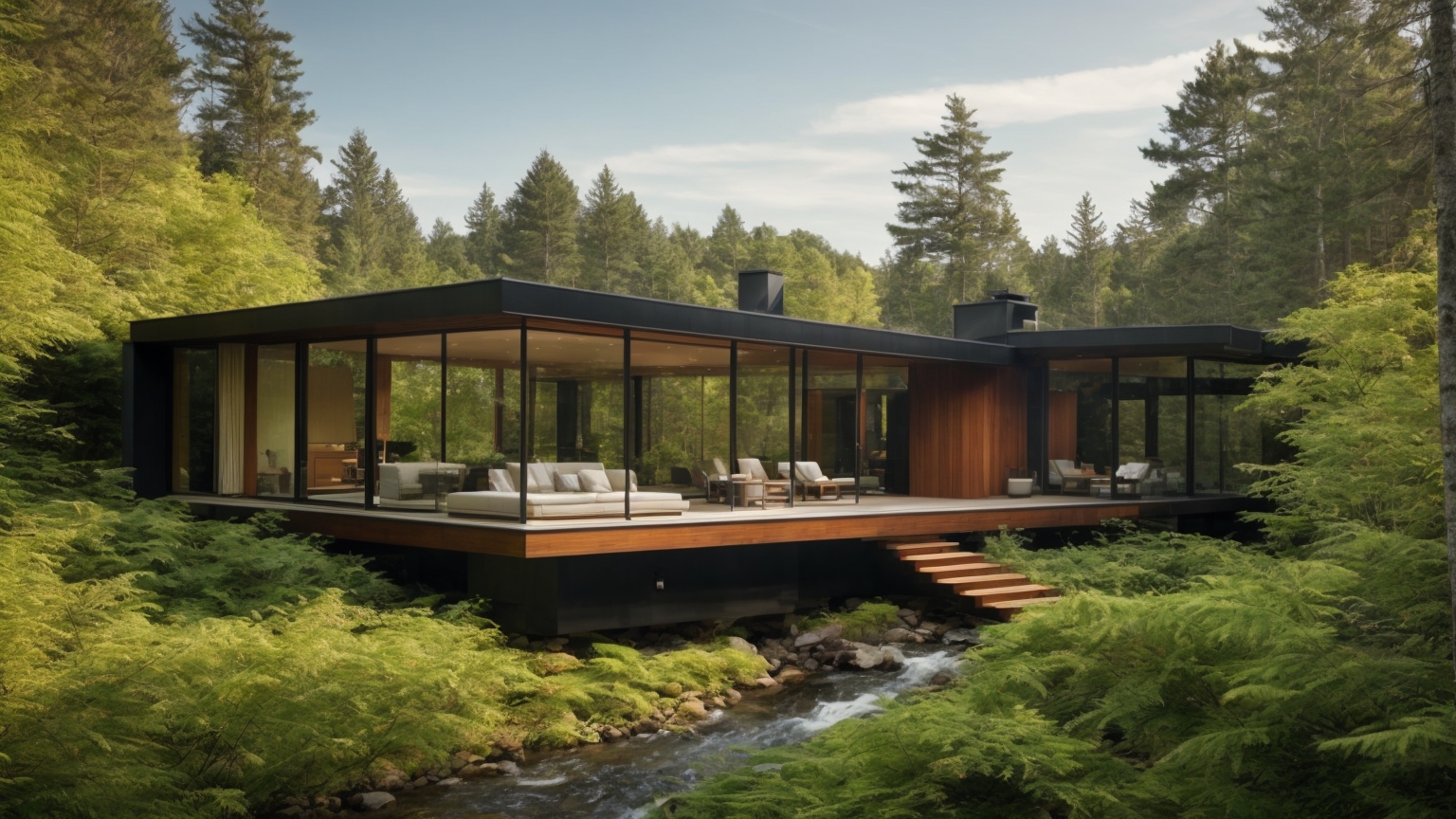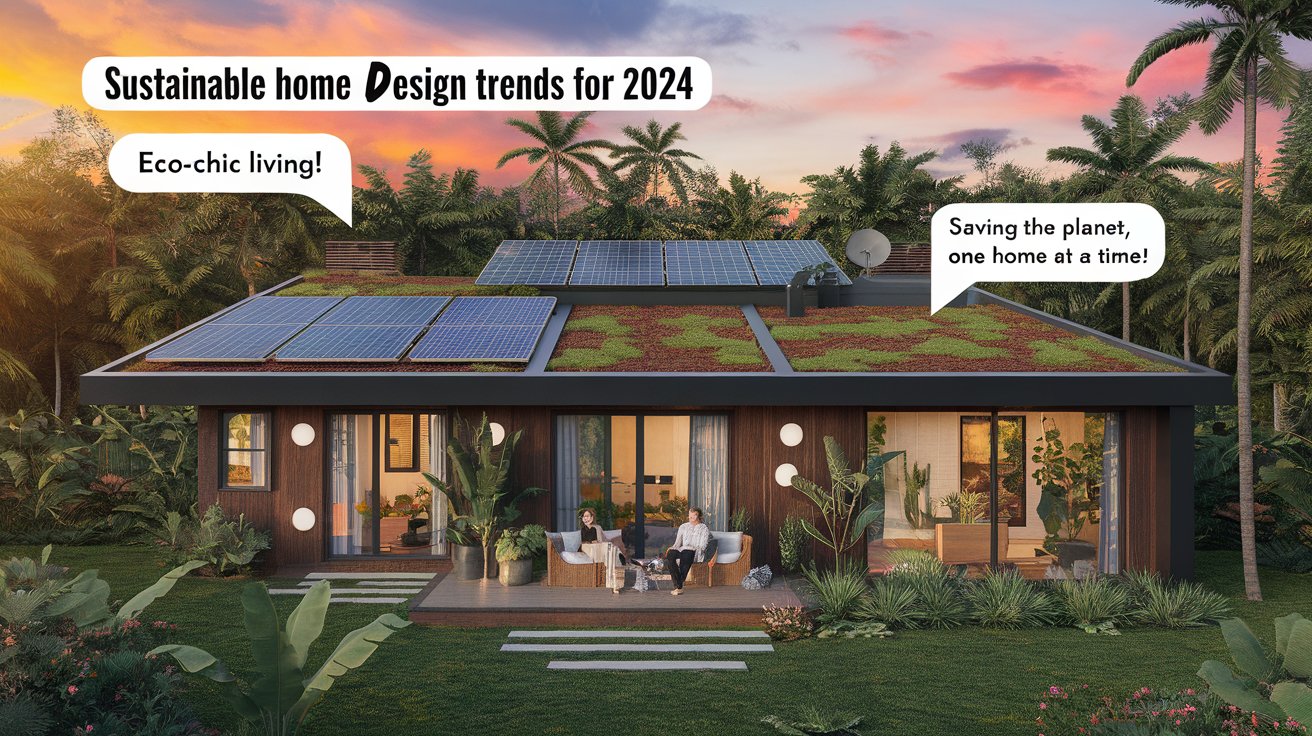Introduction
Modern spaces are more than just visually appealing; they reflect a thoughtful balance of form and function tailored to homeowners’ needs. By combining sleek aesthetics with practical design elements, contemporary interiors emphasize clean lines, open layouts, and the seamless integration of technology. Whether it’s maximizing natural light or choosing furniture that complements the space, the essence of modern design lies in creating an environment that is both functional and inviting.
In today’s fast-paced world, incorporating sustainable materials and smart home technologies has become a priority. These features not only enhance the comfort and safety of homes but also align with eco-conscious values. This guide explores key principles and actionable tips for designing functional, minimalist, and sustainable modern spaces that cater to the demands of modern living.
Key Takeaways
- Modern space design emphasizes the balance between aesthetics and functionality, creating stylish yet practical environments.
- Neutral color palettes and natural lighting are essential in enhancing the openness and harmony of modern interiors.
- Smart home technologies and functional furniture contribute to a seamless, tech-driven living experience.
- Minimalist living focuses on decluttering, optimizing space, and incorporating natural materials for warmth and texture.
- Sustainability is key, with eco-friendly materials and energy-efficient systems ensuring a responsible approach to modern design.
- Thoughtful integration of design elements creates spaces that are visually appealing, future-proof, and aligned with contemporary needs.
Understanding Modern Space Design: Balancing Form and Function
Modern space design emphasizes the harmony between aesthetics and functionality, creating living spaces that are both stylish and practical. By incorporating clean lines, neutral color palettes, and open layouts, homeowners can achieve a contemporary look that feels inviting. A well-designed space caters to daily activities without clutter, using furniture that balances aesthetic appeal with utility. Large windows and natural lighting are key design elements, enhancing the sense of openness. Embracing modern design philosophies ensures that every element—from decor to layout—serves a purpose while maintaining visual harmony, making it ideal for today’s dynamic lifestyles.

The Role of Neutral Colors in Modern Space Design
Neutral colors are the backbone of modern interiors, offering a timeless and versatile foundation. Shades like beige, white, and gray create a calming effect, providing a perfect backdrop for bold accent pieces. These colors make spaces feel larger and more open, aligning with the minimalist aesthetic. Neutral palettes also allow for seamless integration of various design elements, from sleek furniture to statement decor, without overwhelming the overall look.
How Natural Light Enhances Open Living Spaces
Natural light is a defining feature of modern design, transforming interiors into bright and welcoming areas. Large windows and glass doors maximize light penetration, reducing the need for artificial lighting during the day. Sunlight not only elevates the mood but also highlights architectural details, such as clean lines and textured finishes. Strategically placed mirrors can amplify this effect, creating an illusion of spaciousness that enhances the overall ambiance.
Smart Features to Enhance Modern Interiors
1. Voice-Controlled Lighting
Voice-activated lighting systems, such as smart bulbs, allow homeowners to adjust brightness and ambiance with simple voice commands. These features offer convenience and energy efficiency, making them a staple in modern interiors.
2. Integrated Smart Thermostats
Smart thermostats learn your schedule and preferences, automatically adjusting the temperature to optimize comfort and energy usage. Their sleek designs ensure they blend seamlessly with modern aesthetics.
3. Hidden Wireless Charging Stations
Incorporating hidden charging stations within furniture, like desks or nightstands, keeps spaces clutter-free and functional. These invisible solutions maintain a sleek appearance while ensuring practicality.
4. Automated Window Treatments
Smart blinds and shades can be programmed to open and close based on the time of day or sunlight levels, enhancing privacy and energy efficiency. They also contribute to the clean lines characteristic of modern interiors.
5. Advanced Security Systems
Discreet yet effective smart security systems, including cameras and doorbell monitors, protect the home without disrupting the minimalist design. Integration with mobile apps offers control and monitoring on the go.

Integrating Technology and Aesthetics in Interior Design
The integration of smart home features and sleek designs redefines modern interiors. From voice-activated lighting to energy-efficient appliances, technology blends seamlessly with design elements to elevate the living experience. Homeowners can use multi-functional furniture and automated systems to optimize space and ensure safety. Combining technology with aesthetic principles creates an environment that feels futuristic yet comfortable. Key features like minimalistic smart controls and concealed wiring highlight the importance of subtlety in design, proving that functionality and style can coexist beautifully in a modern home.

Smart Home Features That Blend with Modern Interiors
Modern interiors thrive on seamless integration, and smart home features deliver functionality without sacrificing style. Voice-controlled lighting, hidden speakers, and automated thermostats offer convenience while maintaining a clean aesthetic. These systems can be discreetly embedded into walls or furniture, keeping the design sleek and uncluttered. Such innovations make it easier to manage homes while enhancing security and energy efficiency.
The Importance of Functional Furniture in Tech-Driven Spaces
Functional furniture plays a crucial role in optimizing tech-driven homes. Pieces like modular sofas and storage beds provide practical solutions for space-saving while complementing contemporary aesthetics. Furniture with built-in charging ports and smart controls bridges the gap between technology and design, ensuring that every element of the space serves a purpose. This approach not only maximizes utility but also elevates the visual appeal of interiors.
Case Study: Transforming a Traditional Home into a Functional Modern Space
A couple in their mid-30s wanted to transform their traditional suburban home into a sleek, functional modern space. They collaborated with an interior designer who emphasized clean lines, open layouts, and seamless integration of smart technology. The transformation included installing large windows to maximize natural light and using a neutral color palette with pops of vibrant artwork for a sophisticated aesthetic.
To enhance functionality, the designer incorporated multi-purpose furniture such as a dining table with built-in storage and modular seating in the living room. Smart home technologies, including voice-controlled lighting and a smart thermostat, streamlined everyday tasks while boosting energy efficiency. Eco-friendly materials like reclaimed wood flooring and low-VOC paints added a sustainable touch to the renovation. The result was a stylish, clutter-free environment that catered to the family’s modern lifestyle while maintaining a sense of warmth and comfort.
Practical Tips for Creating Minimalist and Functional Spaces
Minimalist living thrives on simplicity and intentionality, focusing on decluttering and optimizing every inch of space. Start by choosing neutral color schemes with subtle pops of color for a vibrant yet calming effect. Functional furniture, such as multi-purpose pieces, can maximize usability in compact spaces. Incorporating natural materials like wood and stone enhances the overall aesthetic while grounding the design. Prioritize open layouts that allow for fluid movement and use lighting to create focal points. By carefully planning each element, homeowners can craft a minimalist environment that exudes warmth and functionality.

Decluttering Strategies for Minimalist Living
Decluttering is the cornerstone of minimalist design, helping homeowners eliminate excess and focus on essentials. Start by categorizing items and removing those that lack purpose or sentimental value. Invest in storage solutions like hidden compartments or modular shelving to keep spaces tidy. Adopting a “less is more” mindset ensures a cleaner, more harmonious living environment that promotes relaxation and efficiency.
Incorporating Natural Materials for a Warm and Inviting Atmosphere
Natural materials bring a sense of warmth and authenticity to minimalist interiors. Wood, stone, and linen add texture and depth, making spaces feel more connected to nature. These materials pair well with neutral palettes, offering a cohesive and balanced look. Including greenery, like potted plants or vertical gardens, further enhances the inviting atmosphere and improves indoor air quality.
“The best rooms have something to say about the people who live in them.” — David Hicks, Renowned Interior Designer
Sustainable and Smart Solutions for Contemporary Living
Sustainability is at the forefront of modern design, encouraging the use of eco-friendly materials and energy-efficient systems. Solar panels, smart thermostats, and low-energy lighting not only reduce environmental impact but also cut long-term costs. Incorporating materials like reclaimed wood and recycled metal adds character while staying true to sustainability goals. Smart home technology enhances convenience, offering features like automated blinds and app-controlled appliances. These solutions ensure that modern homes are both future-proof and environmentally responsible, catering to homeowners’ growing need for efficiency and ecological mindfulness.

Eco-Friendly Materials for Sustainable Interiors
Sustainability in design begins with the materials used. Reclaimed wood, bamboo, and recycled metal are eco-friendly options that add character and durability to interiors. These materials not only reduce waste but also contribute to a unique, bespoke aesthetic. Incorporating low-VOC paints and non-toxic finishes ensures a healthier living environment for residents.
Smart Technologies That Future-Proof Your Home
Investing in smart technologies is a practical way to prepare homes for the future. Systems like app-controlled appliances, smart lighting, and security cameras offer unparalleled convenience. Solar panels and energy-efficient HVAC systems reduce the carbon footprint while cutting utility costs. These innovations ensure that homes remain relevant, adaptable, and environmentally conscious in the years to come.
Conclusion
Designing a modern space involves more than just adopting a contemporary look; it’s about creating an environment that seamlessly blends aesthetics with functionality. By focusing on clean lines, neutral palettes, and open layouts, homeowners can achieve a space that is both visually stunning and highly practical. The addition of functional furniture and smart home features ensures that every element serves a purpose while maintaining a sleek design.
Sustainability and technology play a vital role in modern interiors, offering solutions that are eco-friendly and future-proof. By integrating materials like reclaimed wood and energy-efficient systems, homeowners can craft spaces that are not only stylish but also responsible. Embracing these principles allows for a modern living experience that enhances safety, comfort, and peace of mind.






